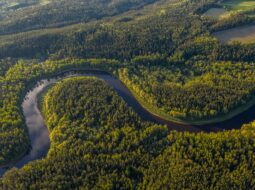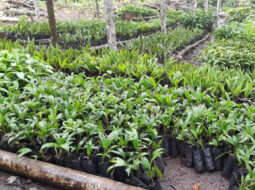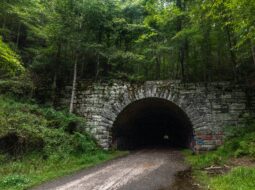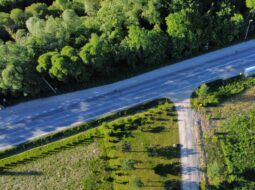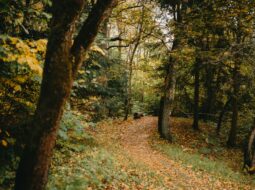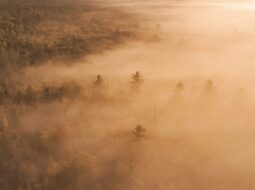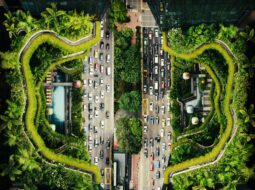Indigenous Communities as Conservation Champions
Indigenous territories harbor roughly 80% of Earth’s remaining biodiversity — making Indigenous peoples not just participants, but essential guardians of global ecosystems. Rooted in generations of ecological knowledge and cultural reciprocity, their stewardship offers a proven path toward preserving life on land. By blending ancestral wisdom with the urgency of modern conservation, Indigenous-led protection helps […]
Read More
